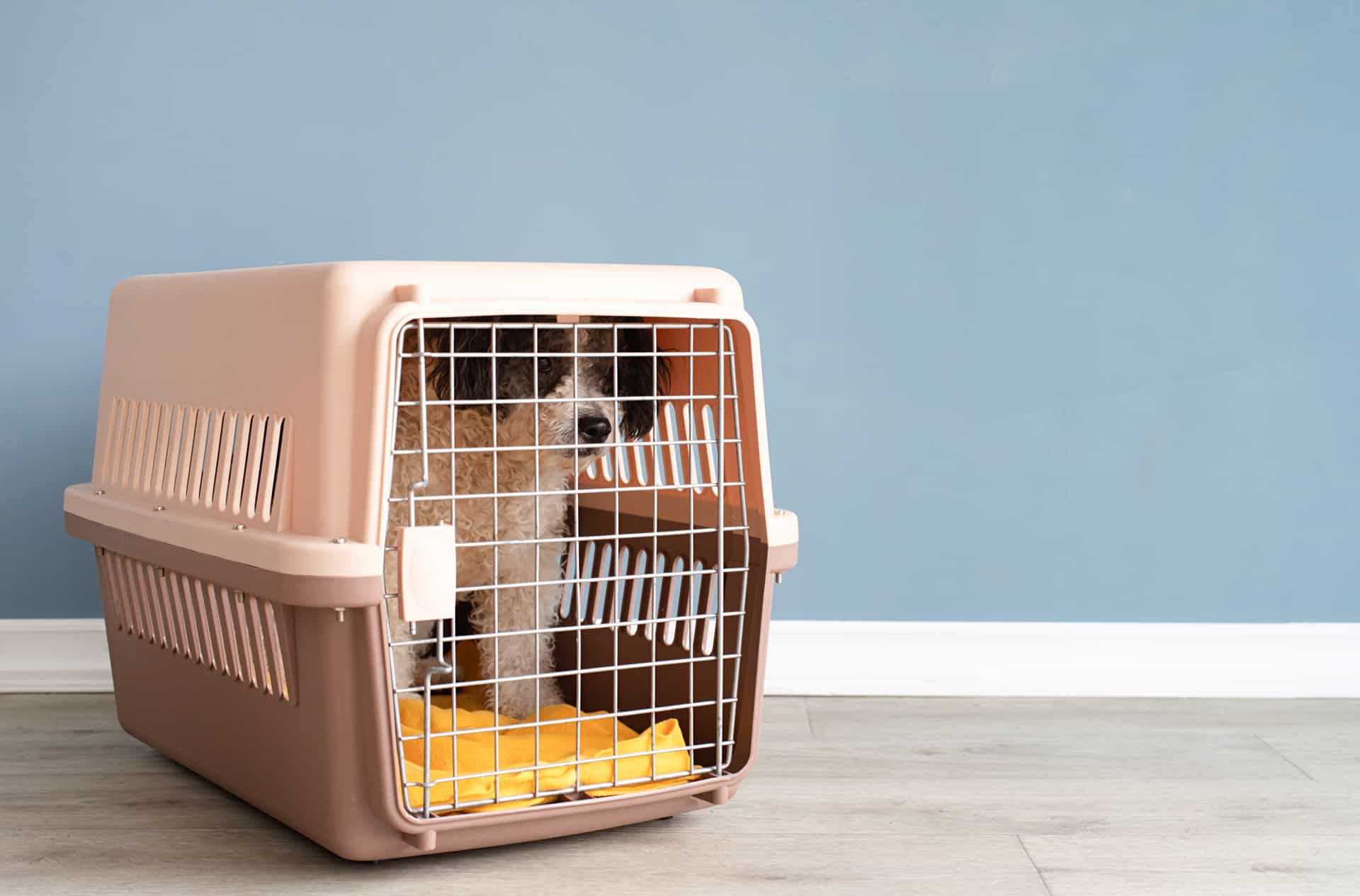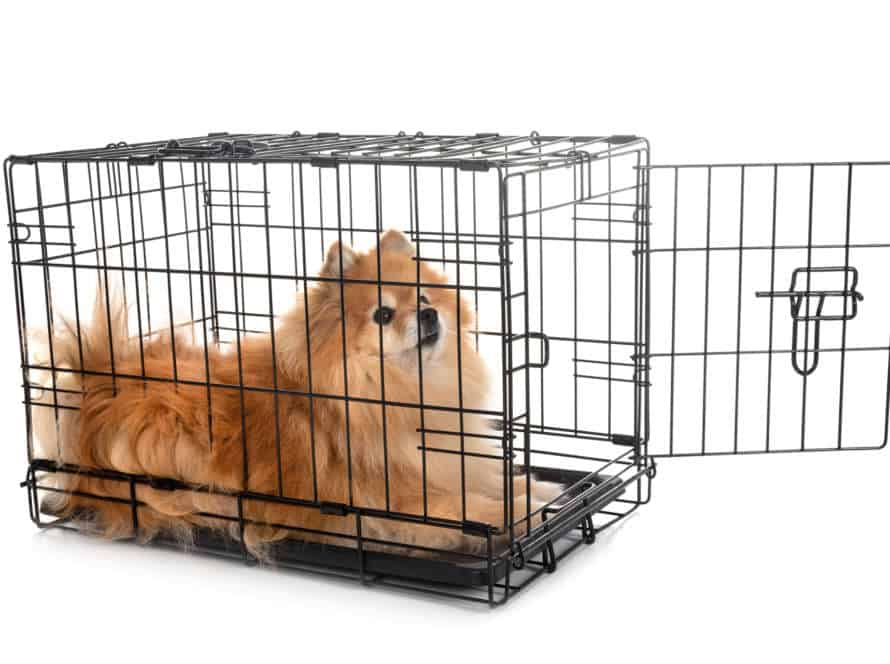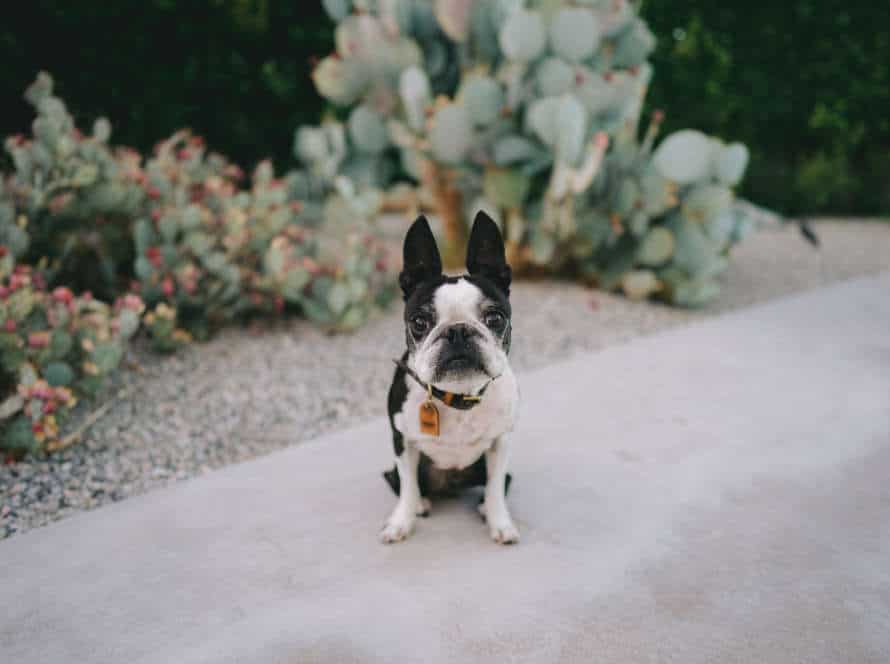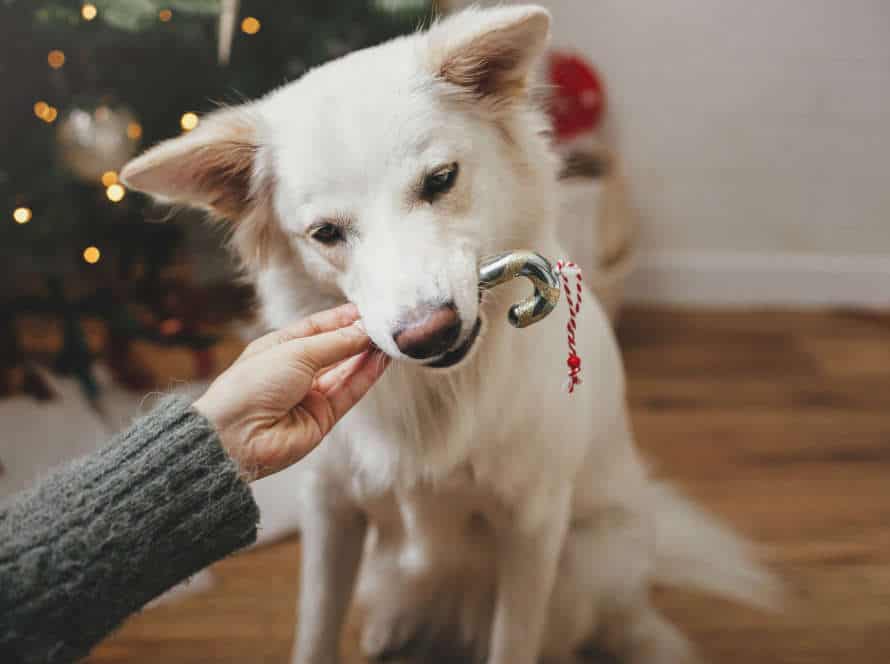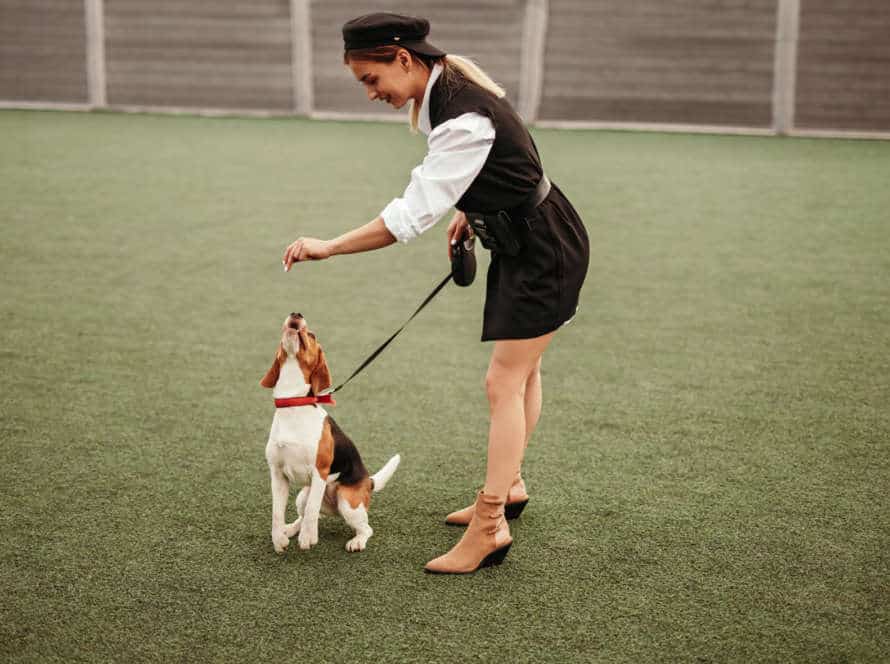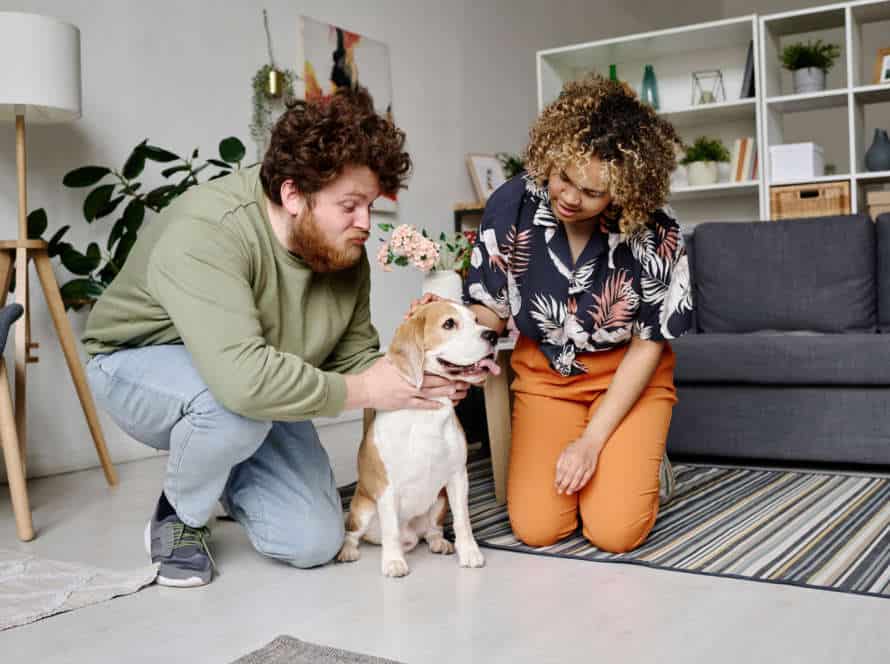How to Address Crate Soiling: Tips and Tricks
To stop crate soiling in your pets, here are some tips and tricks to try!
- Firstly, make sure the crate is the right size for your pet. If it’s too small, they won’t feel secure and may soil.
- Second, set up a regular feeding and watering schedule. Take them outside before they go in the crate.
- Third, give them enough toys and treats to keep them occupied. Put some comfy bedding on the floor too.
- Finally, if they keep soiling, switch up the crate or speak to a vet or animal behaviour expert.
Follow these tricks, and you’ll soon have a pet that behaves positively in the crate!
Understanding Crate Soiling
Crate soiling is a thing with pets. We must grasp why this happens to resolve it. A number of causes exist, from physical needs to emotional stress. It’s helpful to understand why before tackling the problem. This part gives an overview of what causes crate soiling and the best ways to handle it.
What causes crate soiling?
Crate soiling in dogs can be caused by their natural instinct to avoid eliminating in their sleeping area. But there are other factors too.
If a pup or dog is crated for too long, they may be unable to hold their bladder or bowels and end up soiling their crate. Additionally, dogs with separation anxiety or fear may soil their crate due to anxiety. Dogs with medical conditions such as digestive issues or urinary tract infections may also soil their crate.
To address this behavior, owners should ensure their dogs have frequent opportunities to eliminate outside. They should also avoid leaving their dogs crated for extended periods, provide comfortable bedding and toys in the crate, and address any medical or behavioral issues contributing to the soiling. Seek help from a vet or animal behaviorist if needed.
What are the signs of crate soiling?
Crate soiling is a common issue for dogs. Watch out for these signs:
- Foul Odor: Smell will be strong and unpleasant.
- Wet/Damp Bedding: Bedding will be wet and soiled.
- Stains: Urine or fecal stains may be visible.
- Obsessive Licking: Dog may constantly lick their hindquarters or genital area.
If you spot these signs, act quickly. Give your pup plenty of chances to go outside. Clean the crate with an enzymatic cleaner. And don’t punish your dog for soiling; reward them for going outside!
Why is crate soiling a problem?
Crate soiling can be a headache for pet owners. Waste materials expose pets to infections, mold, and unpleasant smells. Cleaning and eliminating odors can be hard. Reasons for soiling can include anxiety, lack of training, or medical issues.
To address this, pet owners can take the following measures:
- Crate train the pet to make them accustomed to the crate environment.
- Follow a routine to establish a fixed schedule for feeding and potty breaks.
- Offer treats to encourage and reward good behavior.
- Provide toys and bedding to create a comfortable environment for the pet.
- Clean the crate often to maintain proper hygiene.
If severe, it is recommended to consult a vet or expert. Patience and consistency are key. With the right approach, most pets can be trained not to soil their crate.
Preventative Measures
Crate soiling can be tricky to tackle. So, to help your pup build good potty habits, it’s key to take preventive steps. Here are some strategies to reduce crate soiling:
- First, try discouraging pad or paper soiling.
- Second, put the pup in the crate for shorter periods of time.
- Lastly, take them out more frequently for potty breaks.
Proper Crate Training
Crate training is essential for your dog’s well-being and cleanliness in the home. Crate soiling is a common issue that can be solved.
Preventative Measures:
- Get the right sized crate, with enough room for your pup to stand, turn, and lay down.
- Make the crate comfy with a bed and toys.
- Don’t use crate for punishment and don’t leave your dog in it for too long.
How to Solve Crate Soiling:
- Clean the area with an enzymatic cleaner.
- Increase potty breaks and reward pup for going outside.
- Increase length of time in crate when you are home.
- Give pup a chew toy or Kong filled with treats.
- Speak to a professional trainer or behaviorist for help.
Pro Tip: Crate training takes patience, consistency, and positive reinforcement. With proper training, your pup’s crate will be a safe and happy spot.
Appropriate Crate Size and Comforts
Picking the right size and making your pet’s crate comfortable can prevent soiling. A small or uncomfortable crate can cause anxiety and soiling. You must choose the right size for your pet and use a divider if needed. Here are tips for comfort:
- Put a bed or rug that fits perfectly in the crate.
- Give your pet toys and treats to keep them busy and happy.
- Put a blanket on the bottom of the crate.
- Place the crate near you, so your pet can see and hear you.
These additions will help avoid soiling and make your pet content. Pro tip: Clean and maintain the crate regularly to make it comfy for your pet to rest.
Power of Positive Reinforcement
Positive reinforcement is a strong way to stop crate soiling in your furry friend. Reward good behaviour with treats, compliments or love. Here’s how positive reinforcement can help:
- Give treats and praises when pup does their business outside the crate, rather than inside.
- Have a routine and stay with it. Take your pup outside regularly and reward them when they go outside.
- Make the crate nice by offering treats and praise when pup enters or stays in the crate quietly.
Remember, punishment and scolding won’t help. Positive reinforcement is the key to preventing and solving crate soiling problems in your pet.
Steps to Address Crate Soiling
Crate Soiling is a problem many dog owners face. If your pup is having trouble, there are solutions. Here are some tips and tricks to help address crate soiling:
- Start with crate sizing.
- Then, set up a routine.
These steps can help you effectively tackle crate soiling.
Cleaning and Disinfecting the Crate
Cleaning and disinfecting the crate is vital for dealing with crate soiling. Also, it ensures the safety and comfort of your pet. Here are the steps:
- Get rid of soiled bedding or debris from the crate and discard it.
- Wash away remaining waste or debris with a hose or sink.
- Make a mixture of warm water and pet-safe disinfectant or cleaning solution.
- Use a sponge or cloth to scrub the inside of the crate with the cleaning solution.
- Rinse off the crate with clean water and let it air dry.
- When the crate is dry, put the bedding or padding and toys or accessories back.
It’s important to clean and disinfect your pet’s crate regularly to avoid bacteria, odors and health risks.
In-Depth Inspection of the Crate
Tackling crate soiling? An inspection of the crate is vital. Here’s how:
- Take away all bedding, toys and other items from the crate.
- Wash the crate with soap and warm water.
- Let the crate air dry.
- Check if any parts are broken or damaged, as that could make your pet uncomfortable.
- Look out for any dirt, urine stains, or other contaminants.
- Clean the crate with a solution of water and vinegar (or another pet-friendly disinfectant).
- Replace any broken parts and put in new bedding, toys, and water bowl.
By following these steps, you can address crate soiling and keep your pet safe and comfortable in the crate.
Consistent Schedule for Crate Training
Establishing a routine is important for crate training your pup and dealing with any soiling problems. Here’s how:
- Create a schedule: Decide when to feed, play, and take them outside to eliminate. They should go out before being put in the crate and must have a chance to pee/poo before returning to the crate.
- Pick the right size: Make sure their crate is the right size. Enough room to stand, turn around, and lay down, but not too big that they can use one corner for sleeping and the other for toileting.
- Increase time gradually: Start with short periods and gradually make them longer, making sure to take them out for breaks in between.
- Use positive reinforcement: Praise and reward your dog when they go outside and when they enter the crate willingly.
- Clean up accidents: Use an enzymatic cleaner to remove any messes your dog may have made in the crate.
Consistently following these steps will help you successfully train your pooch and tackle any crate soiling issues.
Common Mistakes that Can Worsen Crate Soiling
Crate Soiling can be tricky to manage. However, it is easy to unintentionally make mistakes.
Common errors which worsen Crate Soiling instead of solving it exist. This part will cover these blunders and how to sidestep them.
Using Physical Punishments or Negative Reinforcements
Physical punishments or negative reinforcements won’t help with crate soiling in dogs. They will actually make it worse. Dogs will start to fear the crate and link it with punishment. Negative reinforcements increase anxiety and stress, which can cause more crate soiling.
Use positive reinforcement and consistency instead. Take your dog outside to potty regularly. Give them treats and praise when they go outside. Increase the amount of time they spend in the crate slowly. Be patient, crate training takes effort.
Pro tip: Place a soiled blanket or towel in the crate. The smell will encourage them to go there.
Failing to Invest in Stain and Odor Removal
Failing to invest in stain and odor removal can make crate soiling worse for your pets. Crate soiling is when your pet goes to the bathroom in their crate, but pet owners can do some things wrong. Here are some tips to address crate soiling:
- Use a cleaner made for pet stains and odors, not ammonia or vinegar.
- Change the bedding or liner right away if it’s soiled. This helps with hygiene and preventing more soiling.
- Train your pet with positive reinforcement not to soil their crate.
- Think about crate size & where it’s located, if there are any nearby stressors that could be causing the soiling.
- Get a removable tray or liner, it makes cleaning much easier.
Pro Tip: Sometimes there is an underlying medical issue, so talk to your veterinarian if you notice any changes or your pet is consistently soiling.
Being Inconsistent with Crate Training Routine
Crate training can be a helpful way to housebreak your pet. But, if it’s done inconsistently, it can make crate soiling worse. Here are some common mistakes pet owners make and tips on how to change them:
- Leaving the dog in the crate too long: Do not leave your dog in the crate for more than a few hours. If you do, they may soil the crate, making the problem worse. Have a regular routine with potty breaks and playtime outside the crate.
- Using the crate as a punishment: Don’t use the crate in this way, as it will create negative emotions for your dog. Instead, give treats, toys, and praise when crate training to form a positive association.
- Not cleaning the crate: Cleaning your dog’s crate is important. If you don’t, your dog may soil the crate and feel uncomfortable. Clean the crate often and properly.
By avoiding these mistakes and having a consistent crate training routine, you can deal with crate soiling and establish good housebreaking habits for your pet.
Frequently Asked Questions
1. Why is my dog crate soiling?
Dogs soil their crates due to various reasons such as separation anxiety, medical issues, poor crate training, and lack of outdoor access.
2. How can I clean my dog’s soiled crate?
First, remove any excess feces or urine using paper towels. Next, use an enzymatic cleaner to eliminate any odor or stain. Finally, let the crate air dry before returning your dog to the crate.
3. How do I prevent my dog from soiling the crate?
Crate training is crucial in preventing crate soiling. Ensure that the crate is not too big or too small for your dog, use positive reinforcement techniques, and provide your dog with ample outdoor access for potty breaks.
4. Should I punish my dog for soiling the crate?
No, punishment will not solve the issue and may make it worse. Instead, focus on positive reinforcement and implementing a consistent crate training routine.
5. Can separation anxiety cause crate soiling?
Yes, separation anxiety is a common cause of crate soiling in dogs. If you suspect separation anxiety, consult with a veterinarian or a professional dog trainer to help address the issue.
6. How long does it take to stop crate soiling?
It depends on the individual dog, but with consistent training and proper crate management, most dogs can be trained to stop soiling their crate within a few weeks to a few months.

